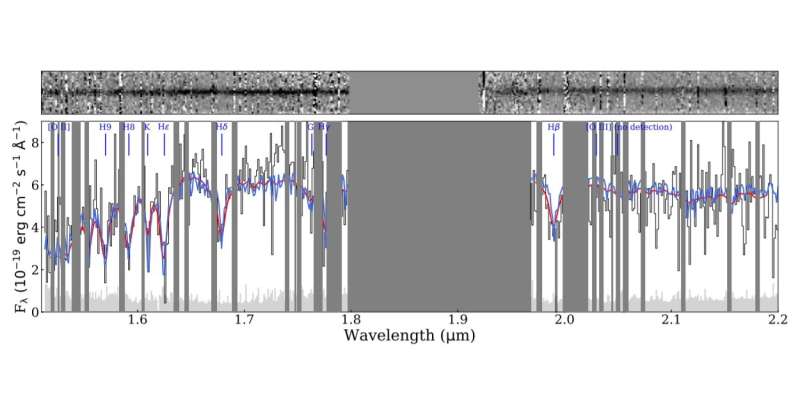

Privileged credentials and the cloud: Cloud and virtualization administrator consoles (as with AWS, Office 365, etc.) provide vast superuser capabilities, enabling users to rapidly provision, configure, and delete servers at massive scale. As with other privileged credentials, SSH keys are not necessarily tied to a single user-multiple people may share the private key and passphrase to a server, which holds the public key. SSH keys: SSH key sprawl presents an oft-overlooked risk for thousands of organizations, which may have upwards of a million SSH keys-many long dormant and forgotten, but still viable backdoors for hackers to infiltrate critical servers. Applications, systems, and IoT devices, are commonly shipped, and often deployed, with embedded, default credentials that are easily guessable and pose a substantial risk until they are brought under management.

Hard-coded/embedded credentials: Privileged credentials are needed to facilitate authentication for app-to-app (A2A) and application-to-database (A2D) communications and access. For both compliance and security reasons, IT needs visibility into the activities performed during the privileged session (the period of time during which elevated privileges are granted to an account, service, or process). DevOps secrets), which may make it impossible to trace actions performed with an account to a single individual, complicating auditing and accountability.
#MASSIVE PASSWORD REPOSITORY WINDOWS#
Lack of privileged credential oversight and auditability: IT teams commonly share root, Windows Administrator, and many other privileged passwords (i.e. And some types of credentials (embedded in applications for instance) may be virtually impossible to find, let alone bring under management, without third-party tools. An admin may have access to 100+ systems, possibly disposing them to take shortcuts in maintaining the credentials. Different teams may be separately managing-if managing at all-their own set of credentials, making it difficult to track all the passwords, let alone who has access to them and who uses them. Lack of visibility and awareness: Of all of the privileged accounts and credentials across an enterprise poses a considerable challenge. One risk here is that hackers could correlate, along with email addresses and usernames, the password from one compromised account to other services or accounts that may be using the same password. To compensate, they may apply the same passwords for multiple accounts, select easy-to-guess passwords, or resort to recording passwords on paper or within electronic documents, such as MS Word or spreadsheets. Human-managed passwords: With so many (constantly changing) passwords to remember, employees are prone to forget passwords, potentially locking them out of systems. Privileged Credential Risks: Why Password Management is Needed Here’s an infographic on the keys to creating robust privileged credentials that can withstand common exploits and cyberattacks: The Verizon Data Breach Investigations study implicated weak, default, or stolen passwords in 63% of confirmed data breaches, while Forrester Research estimates that 80% of security breaches involve privileged credentials. Consequently, these types of privileged credentials are highly prized by external attackers and malevolent insiders alike. Superuser privileged account passwords-such as Root in Linux and Unix, and Administrator in Windows can provide the authenticated user with almost unrestricted privileged access rights across an organization’s systems and data. In modern IT environments, privileged credentials are needed for a multitude of different privileged account types (from root, to domain admin and sysadmin to workstations with admin rights), operating systems (Windows, Unix, Linux, etc.), directory services, databases, applications, cloud instances, networking hardware, internet of things (IoT), social media, and more. Privileged passwords are a subset of credentials that provide elevated access and permissions across accounts, applications, and systems.


 0 kommentar(er)
0 kommentar(er)
